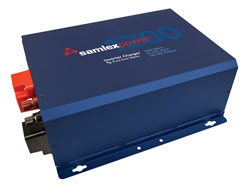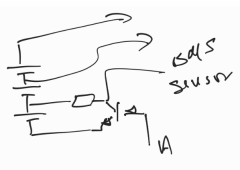Hi all, I have a DIY small 12 volt solar system with a 1500 watt inverter, 4s 120 amp overkill BMS connected to 4 lifepo4 cells, and a renogy 40 amp charge controller. My inverter has a default low voltage disconnect of 9.5 volts that can’t be changed and that’s lower than I want. Can I use my overkill BMS as the main low voltage disconnect? If not, is there an easy and cost effective way to add a low voltage disconnect?
Thanks in advance!
Thanks in advance!




